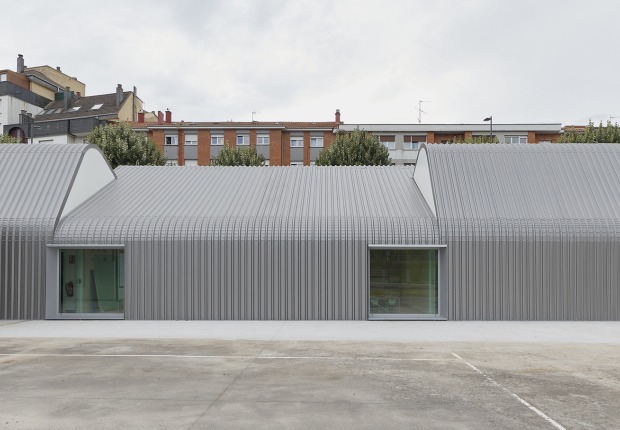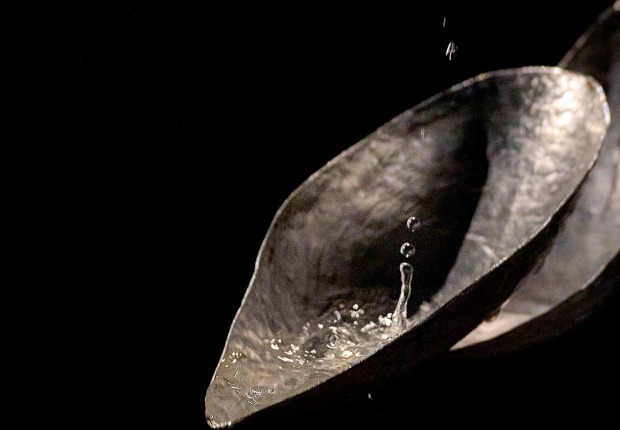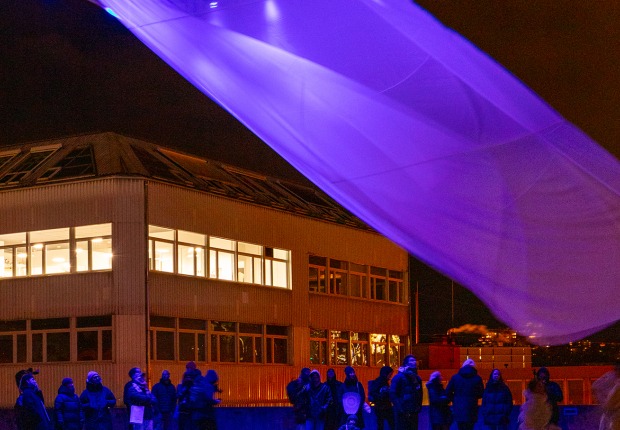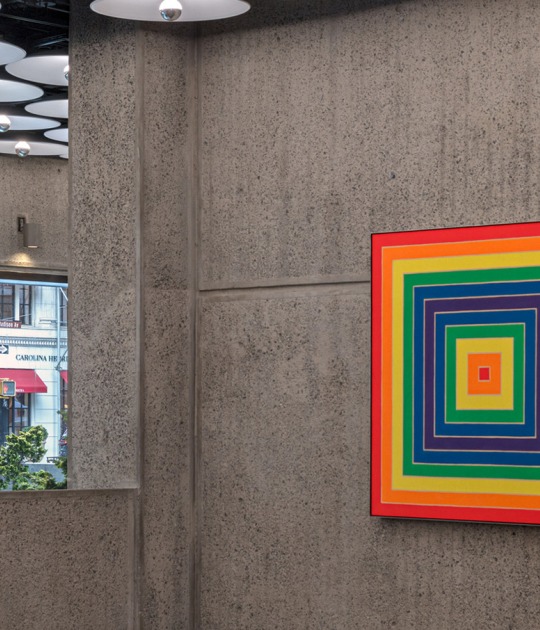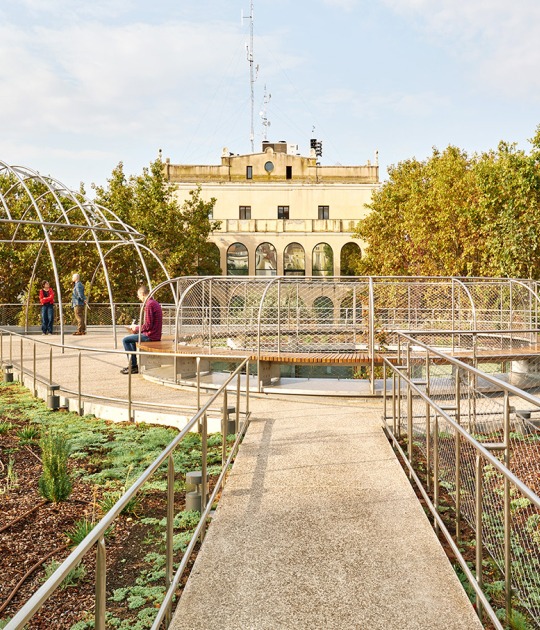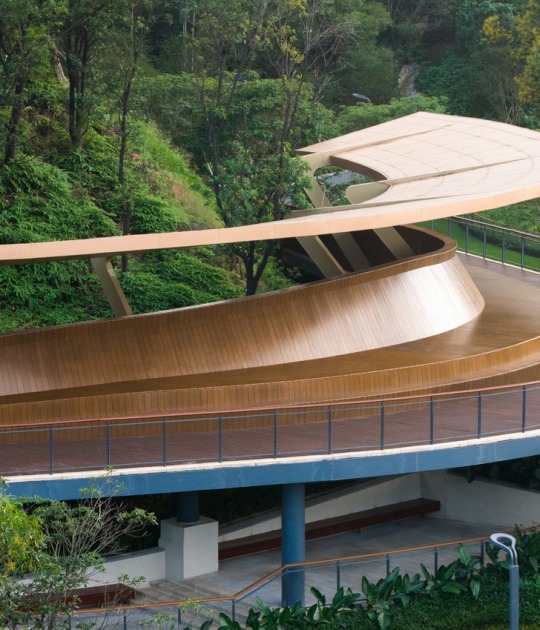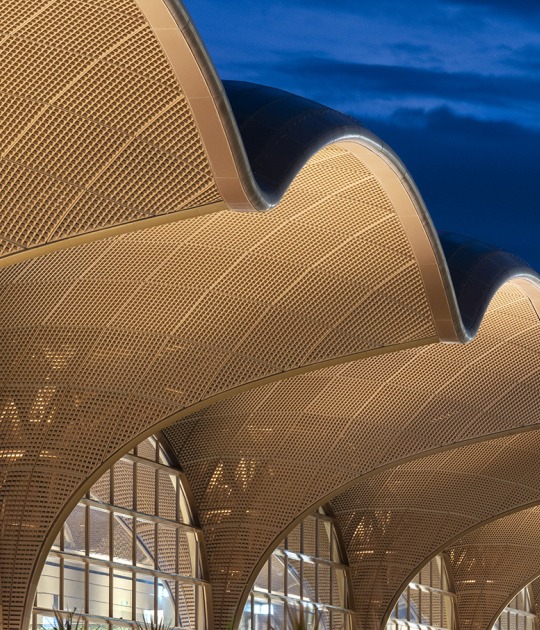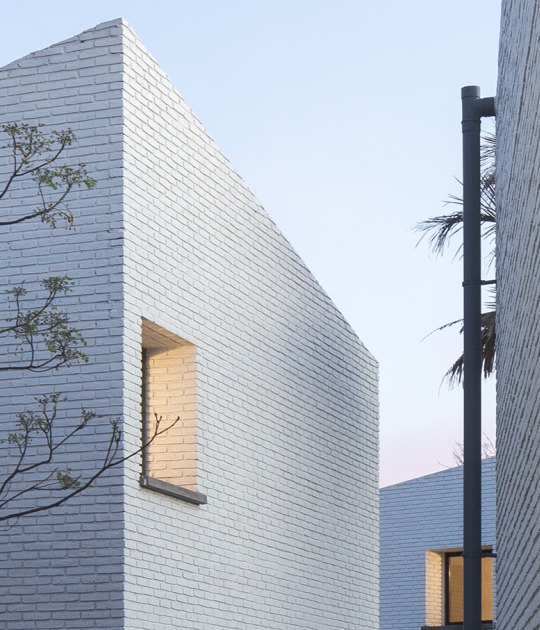Description of the project by Gianluca Gelmini
The project provides for a new set-up of the "Sala delle Capriate" in the “Palazzo della Ragione” of Upper Bergamo. The building dates back to the XII century and represents the physical and functional center of the historic city. It is the core of a system of open public spaces and it directly relates to them on different sides. Once the building stopped to host the municipality, the upper room changed a series of different functions. Today its walls are covered with a significant review of art pieces collected over time from different buildings of the city.
The result is a minimal intervention made of a suspended system of hexagons, intended as gazes over the city: like the circles drawn on the embroidery of the colored windows, the suspended structure puts on display the excellences of the territory. This is exactly as it occurs in the cellars of the beehive, where the repetition of the hexagonal frame becomes the structure where life happens. Similarly, the hexagons of the project can become light, sound, image, space. It is a dynamic system of possible configurations that transform the room according to the given event and program.
The hexagonal mesh is dimensioned coherently with the pace of the wooden trusses. The result is a simple and modular composition, made out of the combination of beams and joints. The beams incorporate in their own structure the technological solutions necessary to set in the room different arrangements. They host indeed the technical devices like lightning, both fixed and movable, sound and video systems, motorized projection tarps and hooks to hang panels and other equipment. The fixing system that allows to hang the hexagons to the trusses is located on the joints. The whole structure can be easily lowered thanks to a motorized solution, in order to guarantee fast changes of setting, a simple maintenance and a better management of the space.
The new set-up is completed on the ground floor by a system of hexagonal structures with the same dimension of the suspended one, that can be freely arranged in the room. They are made of modular elements that increase the number and the complexity of the different configurations of the room.
The project intends to bring the "Sala delle Capriate" back to its original connection with the city, re-establishing its relationship with the square and with the underlying portico. The project proposed is characterized by the following qualities:
It is NON-INVASIVE. The "Sala delle Capriate" and the art pieces on its walls remain visible and interact with the setting.
It ENHANCES THE VALUE OF THE SPACE. The new set-up allows to have a full perception of the space in its integrality and magnificence as well as emphasising the scenographic impact. The walls remain visible from floor to ceiling while the windows are re-opened allowing external views.
It is BRIGHT. The setting encourages a sapience use of both natural and artificial light and their combination can be adapted to the different configurations of the room.
It is FLEXIBLE. By permitting the projection of images and the exposition of panels and other materials, an adaptable use of space is encouraged. The room can be organized both as a single space and as a series of smaller autonomous settings.
It is DYNAMIC. The set-up can be used fully or partially according to the needs of the different event and exposition host. The total or partial removal of the different settings is managed through dismantling operations that minimize times and costs.
It is COMPACT. The set-up components incorporate the technical elements necessary to their use, minimizing the needs for further interventions in the room.
It is NON-EXCLUSIVE. The project allows to install temporary structures for expositions and equipment for other activities, that are integrated to the permanent setting.
BRANDS AND PRODUCTS. All project components have been specially designed and handcrafted.
























